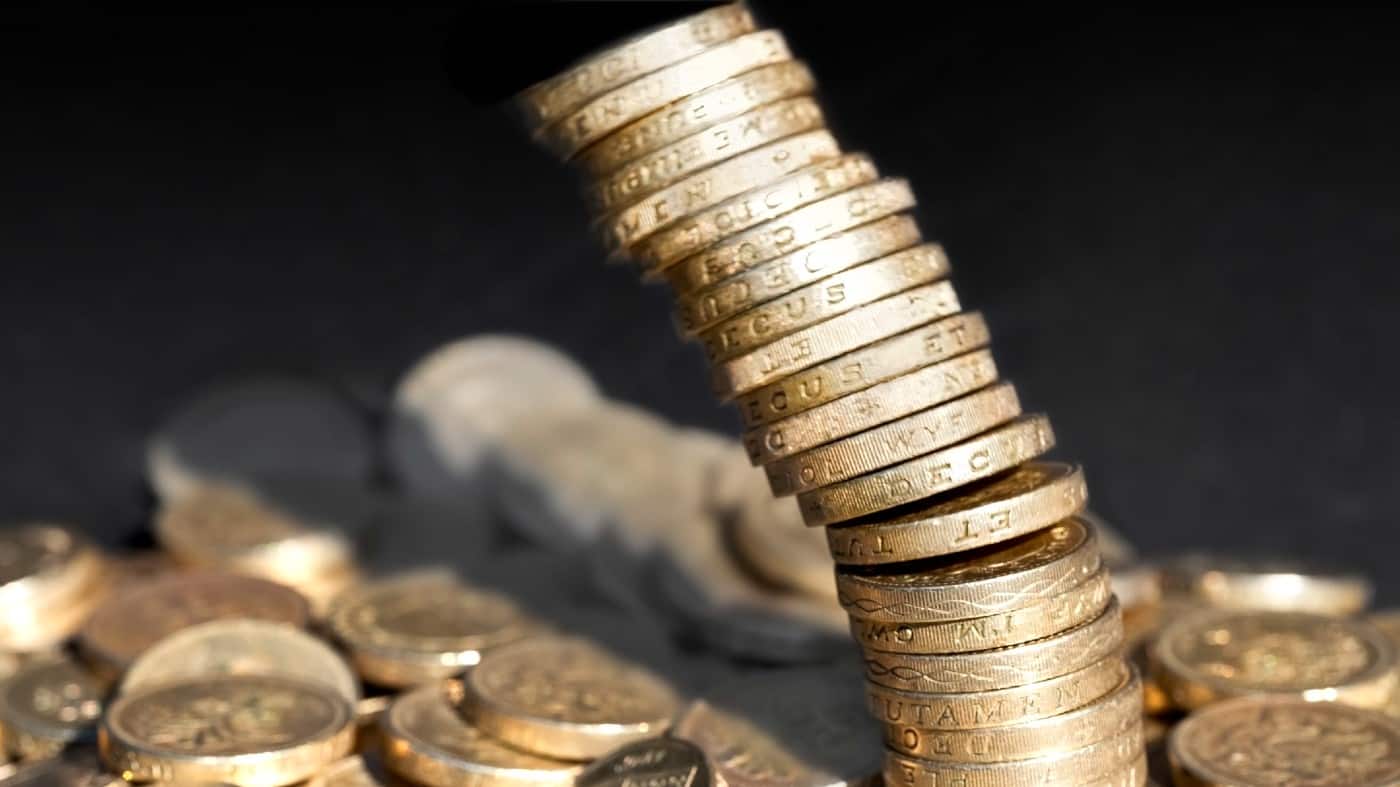Investing in dividend shares is one of my favourite passive income ideas. The amount I hope to earn depends on the dividend yield. Right now, some shares offer double-digit dividends. In other words, I could hope to get 10% or more of my initial purchase price each year in dividends. That sounds very lucrative – if it happens.
Double-digit dividends
What sorts of shares am I talking about here? Well, in the FTSE 100 alone, there are companies like builder Persimmon with its 12.3% yield and 11.3%-yielding miner Rio Tinto. Looking down at the FTSE 250, the current yield on Synthomer is 12.3%. Fund manager Jupiter yields 10.8%.
These yields seem unusually high. So, will they continue?
Sometimes, a past yield is not reflective of what will a company’s dividend will be in future. This is known as a yield trap. I think Synthomer is an attractive company, but seeing it as a 12%-yielder could be such a trap. Last year, the company benefitted from a one-off boom in demand for latex due to the pandemic.
As the company said in its annual report, its dividend rise was an “exceptional increase reflecting the unique year of profitability”. That does not mean Synthomer might not be a good buy for my portfolio. But if I bought it now expecting to earn a 12% dividend yield in coming years, I could be disappointed.
Cyclical risks
For the other three double-digit dividends above, I also see risks. But unlike Synthomer, those risks are not about a single surge in demand falling back. They are about long-term market trends.
Persimmon and Rio Tinto operate in cyclical markets. When demand is high and prices are strong, profits can be large. That helps fund big dividends. But if prices fall, profits could slump. I see that risk for both of these high dividend shares. A worldwide economic slowdown could lead to a fall in house prices. That might hurt Persimmon’s profits and its dividend. I think the same is true for the metal market. Copper futures on the London Metal Exchange entered bear market territory last week. If prices fall, that could be bad news for Rio Tinto’s profitability.
However, market timing is difficult. It may be that housing and metal demand remain strong for years, supporting these dividends. I also think both Persimmon and Rio Tinto have attractive business models. I would consider buying Persimmon for my portfolio at the current share price, even though I recognise the dividend yield could fall. With some metal prices already falling, I will not buy Rio Tinto for my portfolio at the moment.
Jupiter heads to earth
As a fund manager, I think Jupiter could also suffer from a recession if customers have less money to invest. An outflow of funds is a risk, as it could hurt both revenues and profits. Indeed, recent outflows have helped push the share price down 42% in the past year. That plummeting price is one reason the firm now has a double-digit dividend yield.
I see a risk to the dividend if the firm continues to lose customers. But its strong brand and deep experience should help it, in my opinion. That is why I have bought it for my portfolio recently.
